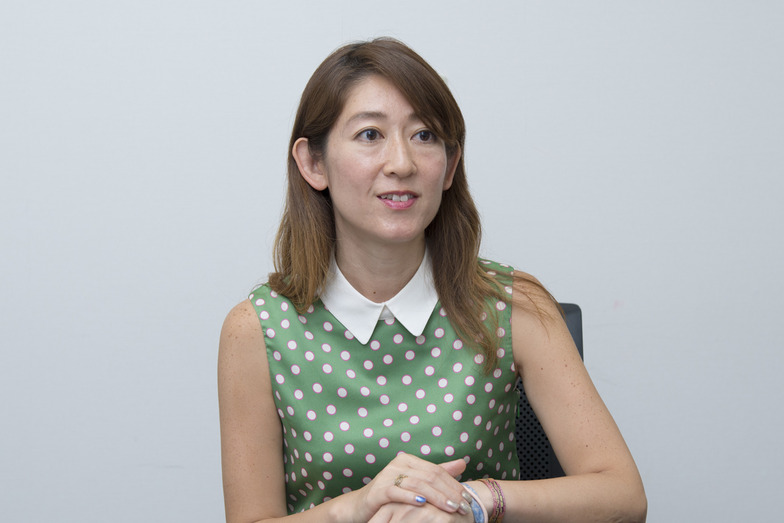As communication methods diversify, the importance of "editing skills"—the ability to process and disseminate information from a unique perspective—is growing. Publishers' editors and Dentsu Inc. creators discuss the secrets of these editing skills, revealing their respective visions of what editing power entails.
This time, Ayako Sasunuma, Editor-in-Chief of the magazine 'ar' —which has spawned trends like "O-Fero" and "Female Girl" among young women—and Rika Eguchi, Art Director at Dentsu Inc., discuss their respective views on editorial power.
The key to editorial skill is the "ability to enjoy"
Eguchi: I've been reading ar for some time and feel it has established a unique perspective distinct from other magazines. Is there anything you consciously focus on during the editing process?
Sasanuma: What we always keep in mind is, above all, enjoying ourselves. Both as individuals and as an editorial team. Since magazines are made monthly, it's easy to just "get through" the work if we're not careful. But I feel that if the creators aren't enjoying it, the readers won't enjoy it either. That's precisely why I always think about how each member of the editorial team can enjoy making every single issue.
Eguchi: That's something I can really relate to. With ads too, since we collaborate with various staff members to create them together, it's not good if only one person is having fun. We prioritize making projects that excite both clients and staff during production. It's about creating a space where everyone involved can challenge themselves, all moving toward one direction. If we don't do that, we can't create something good, and I think that process itself is part of editing.
Sasanuma: I also find myself pacing around pointlessly when I notice a staff member looking downcast (laughs). When crafting copy or planning projects, the key is for us to be enjoying it ourselves. In that sense, I believe "editing power" is really about "the power to enjoy" and "a spirit of service."
Balancing what we want to do and what we want to know
Eguchi: That "ability to enjoy" and "service spirit" you mention, Sasamuna-san, really comes through in ar's pages. It's fun, sometimes playful, yet packed with hooks that pull readers right in. Things like deliberately adding "o" to "pheromone" to make "o-fero," or the choice of words for subheadings – you can tell you're clearly having fun with it. I can just picture the editorial team laughing when they came up with those.
Sasanuma: Exactly! The editorial team really did laugh (laughs).
Eguchi: It shows in the features too. I thought the "Male Boy, Female Girl I Love" series was brilliant. It's an advertorial page introducing makeup items, but they interview the male product developers and ultimately reveal the type of woman they're attracted to (laughs). It's relatable, so you want to read it. You can feel the charm of the concept, or rather, the enjoyment of the people creating it.
Sasanuma: Thank you. Magazines like ar are meant to be read when you have time, to lighten your mood, so we keep things relaxed on the production side too. Sometimes we just go with the flow (laugh). That's something we share within the editorial team.
But even so, we consciously imagine our female readers' faces as we create. Editors sometimes know things too soon for readers, and focusing only on that can drift away from reality. So we balance it with projects that take a step back or classic staples.
Eguchi: We share a similar approach. With so much information out there, the most important thing for ads is simply to get seen. So, we also end up thinking, "What would people in the world want to see? What would make them happy to see?" When creating ads for young people, we picture their feelings; for moms, we picture theirs.
It's about combining the client's message with what the general public finds interesting, and making the process itself enjoyable. That's what "editing" means to me.
※Part 2 will be published on Tuesday, July 14.






